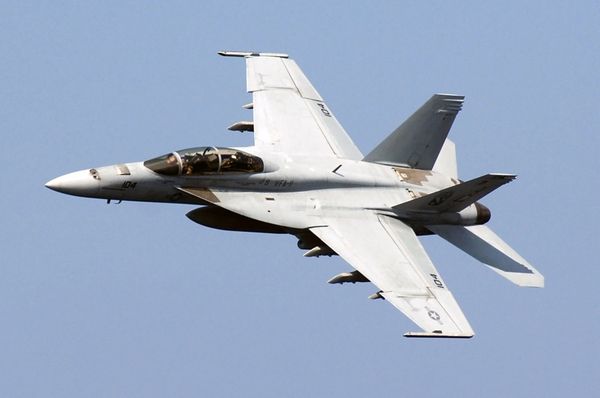
Communities in eastern Afghanistan are rallying together after a major earthquake levelled homes and villages, leaving hundreds dead and thousands injured.
Rescue teams in Afghanistan are racing against time to save lives after one of the country’s deadliest earthquakes in recent years left more than 800 people dead and at least 2,800 injured.
The 6.0-magnitude tremor struck just after midnight at a depth of 10 km, toppling homes and cutting off villages in remote mountain areas.
Helicopters have been airlifting the wounded to hospital as survivors and emergency crews sift through the rubble of collapsed mudbrick houses.
Military teams, backed by dozens of flights, have already transported hundreds of injured residents to safety.
In some places, entire villages were levelled, particularly in Kunar province, where authorities reported more than 600 fatalities.

Earthquake risk zone
Despite the devastation, scenes of solidarity have emerged. Local residents, health workers and security forces have been working shoulder to shoulder to pull people from the ruins, carry the injured to waiting ambulances, and distribute food and water.
“All our teams have been mobilised to accelerate assistance, so that comprehensive and full support can be provided,” said Abdul Maten Qanee, a health ministry spokesperson speaking to reporters.
Afghanistan, prone to earthquakes due to its position at the collision point of the Indian and Eurasian tectonic plates, has faced repeated tragedies of this kind.
The latest disaster comes just two years after a 6.1-magnitude quake killed around 1,000 people in the east of the country, and less than a year after another tremor struck Herat in the west.
Afghanistan: four years since Taliban takeover
Taliban appeal for help
The Taliban administration, already contending with strained resources and widespread humanitarian needs, has appealed for international help.
Sharafat Zaman, spokesperson for the health ministry in Kabul, urged foreign donors to step in: “We need it because here lots of people lost their lives and houses.”
So far, foreign governments have been slow to respond. Afghanistan’s foreign office noted on Monday that no offers of support had yet been received, although China later signalled its readiness to provide assistance “according to Afghanistan’s needs and within its capacity”.
The United Nations has also pledged to mobilise relief through its mission in the country, with Secretary-General António Guterres writing on social media platform X that the organisation was preparing to help those most affected.
'Brutal' funding cuts push UN to slash humanitarian operations
Aid funding cut since 2021
Funding for humanitarian work in Afghanistan has fallen sharply in recent years. International aid once made up the bulk of government revenue, but following the Taliban’s takeover in 2021, financial flows shrank dramatically.
Humanitarian funding has dropped from €3.5 billion in 2022 to just €706 million this year, as donor priorities shift elsewhere and frustration grows over restrictions on women, including bans on female aid workers.
Nevertheless, international agencies stress that the need remains vast: more than half of Afghanistan’s population is estimated to require humanitarian assistance.
Local aid workers point out that communities are still struggling to recover from earlier disasters, with many families in western provinces still living in temporary shelters years on.
For now, the focus is on saving lives. In the hills along the Pakistani border, rescue teams continue to push into isolated districts where communications are down and damage is extensive.







